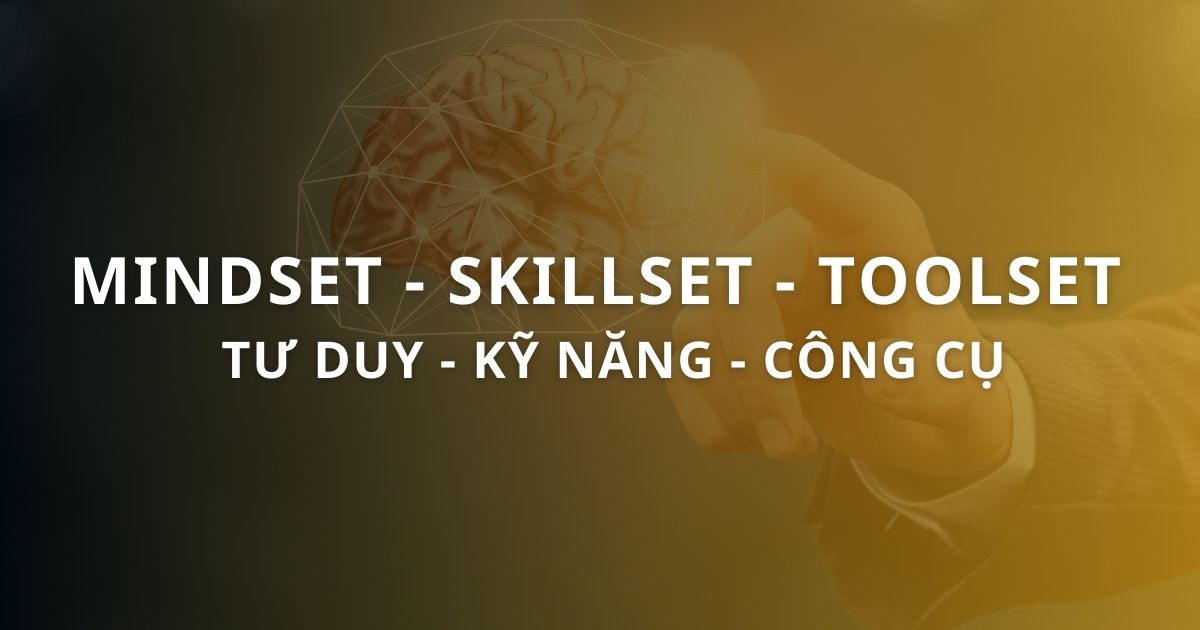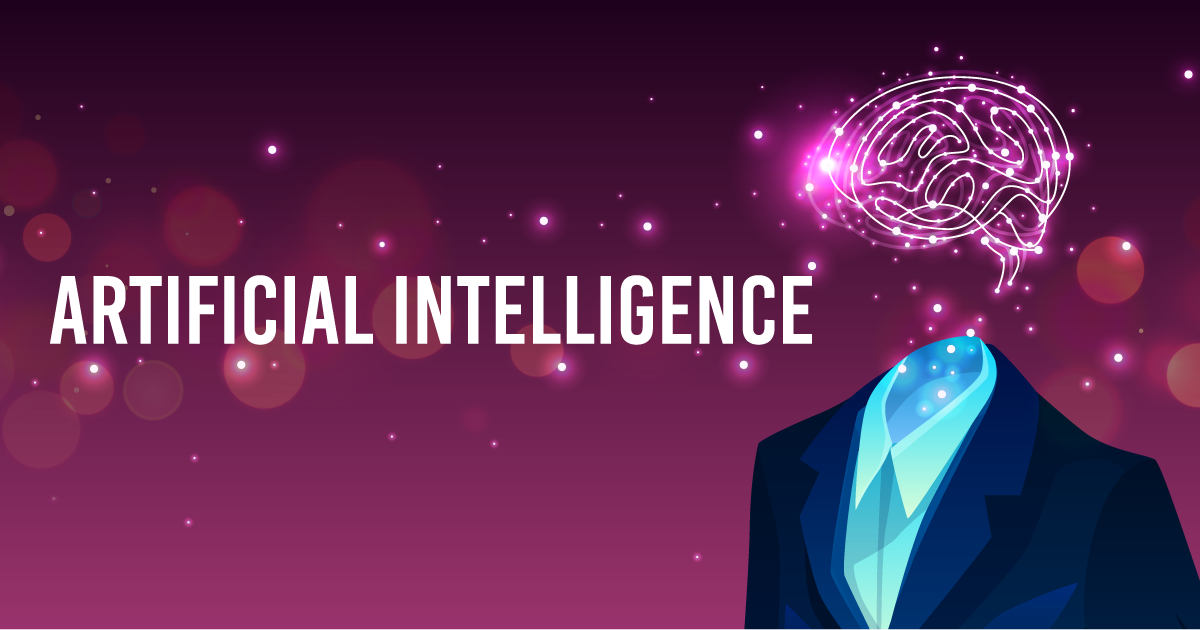Today’s business leaders know that AI is playing a critical role in transforming customer service. Customers expect answers in real time, on the channel they want and at the time they want.
Watson conversational AI makes it easy for your customers to communicate with your organization by having a simple conversation and for your business to respond intelligently across multiple touchpoints. Intelligent end-to-end customer service allows you to harvest and use conversational data across channels to understand customers in near-real time, driving ever greater innovation, personalization, and customer engagement.

Conversational AI is solving these 3 customer services challenges
What if you could understand who your customers are, and what they want, before they dial your support number or open a web chat? And what if your customer support teams across channels had access to the same data, in context, when they interacted with customers? Finally, what if you had a way to automate those most common, simple support calls and could put the best answers to complex customer questions into live agents’ hands with speed and accuracy?
Businesses in industries as diverse as insurance, telecom, legal, marketing, and energy are applying Watson conversational AI to address exactly these customer service challenges with astonishing results.

How does conversational AI deliver these kinds of results?
Conversational AI, or virtual assistants, are not the same as chatbots, which are single-mode and linear, responding to specifically worded questions based on a simple Q&A script, like an automated FAQ. A chatbot can’t understand context or conversational flows that deviate from the scripts they’ve learned.
Virtual assistants on the other hand communicate more naturally and can understand context. Through the use of machine learning and core conversational AI concepts they can be trained to understand idioms, slang, common abbreviations, and phrases that deviate from the script and that clients might use when talking with a live agent. They can also manage multiple nodes and determine which among a number of possible responses would be most appropriate, including handing off to a live agent for interactions it can’t recognize or resolve.
Applying advanced conversational AI concepts to scale and enhance your solutions
We’ve covered the basics of conversational AI. Now it’s time to look at three extremely valuable, advanced conversational AI concepts that can radically enhance your solution: Natural conversations, integrations and analytics.
Natural conversation features in Watson Assistant can be used to help your conversational AI solution better understand customers’ intents and take appropriate action, whether offering a one-off response, collecting more information from the customer, or digressing to address a new or related topic raised by the customer.
The contextual entities feature allows your assistant to detect entities based on context. It’s impossible to define every possible entity, or thing, that a customer might mention, fortunately, with contextual entities we can help the system understand the context in which any type of entity might appear. For example, rather than programming every possible type of cuisine into your assistant, you could train it to recognize the context where a type of cuisine might show up in a conversation.
Slots and digressions are other natural conversations features available in Watson Assistant and used to improve a conversational AI’s ability to understand intents based on context. The integrations feature in Watson Assistant helps your conversational AI solution cost-effectively work with a wide variety of front- and back-end systems – including phone calls, websites, social media conversations, instant messenger chat sessions, SMS text messaging, CRM systems, IoT devices and more.
With the analytics feature in Watson Assistant, Watson collects analytics on what type of questions are being asked in the thousands of calls it conducts each day, and how they’re answered, allowing you to understand how your customers and virtual assistants are interacting with each other and identify opportunities to improve performance and gain customer intelligence.
Not that long ago, executing advanced conversational AI concepts like these would have taken hundreds of thousands of lines of expensive bespoke code, if they were possible at all. And before that, the data and understanding hidden within it would have simply been inaccessible.
Source: IBM.com









.jpg)
.jpg)
